A Look Back: The Golden Age of radio added color to Upper Valley life
| Published: 12-05-2023 4:29 AM |
Radio had come in big-time by the 1930s, but if you lived in the Upper Valley, you needed a wire hooked up to a tree or post outside your house if you wanted to get any reception.
And the reception you got off this crude antenna system came from faraway stations like WBZ in Boston, WOR in New York or maybe even a station as far off as West Virginia, Indiana or Pittsburgh.
Those stations had a mighty reach — once the sun went down — because they had federal authority to broadcast with 50,000 watts of power and their signal was classified as an amplitude modulation (AM) frequency which can carry hundreds, even thousands, of miles once darkness sets in. In daytime, stations like ’BZ and WHDH from Boston had enough punch to afford the Upper Valley decent reception, and listeners got used to music, news and entertainment provided by these elite metropolitan outlets.
This would remain the model for household radio reception throughout the United States until around 1950 when the Federal Communications Commission opened up AM frequencies to serve small towns and rural areas. The catch was that these were limited to very low power compared to what the urban stations were allowed, typically 1,000 watts, or about 2% of what the big boys had.
Enter an entrepreneur named Norman Knight, who obtained broadcast licenses for Lebanon, Claremont, Brattleboro, Vt., and Dover, N.H., locations. All of these stations were 1,000-watters and had call letters of WTS — L, V, A and N, respectively.
Knight built what were jokingly called “chicken coops on a slab” — modest, one-story structures adjacent to a broadcast tower, and by late 1950 his suite of stations had powered up and was bringing local radio to town.
Thus began what today, 70-plus years later, looks like the golden age of radio in the Upper Valley, and a colorful period that was eventually ended by a succession of blows from corporate consolidation, television, satellite broadcasting and change in the overall media landscape.
This golden age would bring competition in local news coverage, eclectic blends of upscale and down-home programming, ambitious high school sports coverage and affordable airtime for even the smallest advertisers. And it brought a delightful array of disc jockeys, news reporters and, above all, true radio characters, the kind of people who brought their own distinctive styles and around whom stories and legends would build down through years.
Article continues after...
Yesterday's Most Read Articles
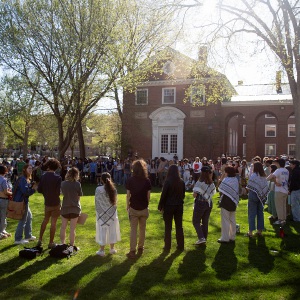 Dartmouth administration faces fierce criticism over protest arrests
Dartmouth administration faces fierce criticism over protest arrests
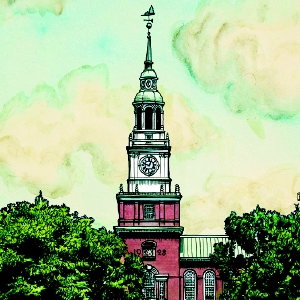 Three vie for two Hanover Selectboard seats
Three vie for two Hanover Selectboard seats
 A Look Back: Upper Valley dining scene changes with the times
A Look Back: Upper Valley dining scene changes with the times
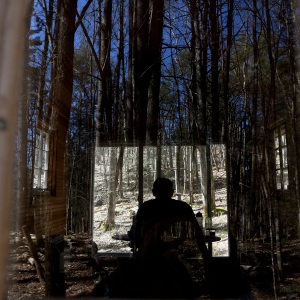 Norwich author and educator sees schools as a reflection of communities
Norwich author and educator sees schools as a reflection of communities
WTSL and WTSV ruled the airwaves in the heart of the Upper Valley through the 1950s. A memorable afternoon WTSL deejay served up “Little Johnny Skinner and the Best From the West” — those were the days before the genre morphed into “country.” Both stations featured Saturday morning appearances by Woody and the Ramblers, a wildly popular town-hall dance band that served up the classics like the “Beer Barrel Polka” and “Your Cheatin’ Heart.”
Meanwhile, another AM frequency became available, and went on the air for a spell as WWRJ, and many thought its broadcast studio, transmitter and offices were all lodged in a ubiquitous Volkswagen bus. But it folded and the frequency lay dormant until 1966.
That was the year that Rex Marshall, a well-known television advertising pitchman — “Put a Tiger in Your Tank” for Esso gasoline — and game show host, appeared on the scene and revived the AM slot under call letters WNHV. Marshall led the station in a somewhat sophisticated direction with a daily “Breakfast at the Hanover Inn” show where he interviewed artists, musicians and other leading lights from around Hanover.
But WNHV also had a 6:50 to 7 a.m. slot where witty morning anchor Ray Reed bantered with Charlie Kelton, the Hartford truck sales tycoon. They could go on about a town road agent’s retirement or an upsurge in horned owl sightings — hokey stuff to some but pure tonic for Upper Valley old-timers. Will Curtis, a Woodstock bookshop operator, enjoyed a large following with brief sprightly commentaries that bridged the region’s cultural chasms.
Those morning anchors — Reed at WNHV and Dave Rhode at WTSL — were true radio ironmen, hardly ever missing their shift while maintaining a steady, professional and calm on-air presence for years and years.
Another ironman was Eliot Page, a newsman who toiled first for WNHV and then WTSL in a span that lasted over a quarter-century. If you wanted to know what the Lebanon City Council or the Hartford Selectboard had done the night before, Page had covered them live and brought concise reports, complete with actualities, to the air the next morning. He set the standard for others who cut their teeth on radio news in Page’s era.
Sports got a lot of attention, too, especially on WTSL, where a succession of play-by-play voices called schoolboy football and basketball alongside colorman Jim Wechsler. And WTSL always carried the Boston Red Sox and from time to time the Celtics and Bruins.
These stations were not only competing with each other — they also matched up with the Valley News and other publications in the area, primarily in the spot news category, stories like fires, auto accidents and election results. A good argument can be made that this competition made everybody better and served the public interest, too.
The radio stations competed with each other and the newspapers as well. In the 1950s, local radio advertising was sometimes called “A Dollar a Holler” and on-air people often had to hit the road selling airtime when their shift ended. Bartering was common in those days; a gas station might be running a lot of spots that were being paid for with free gas for the ad salesman.
As the Upper Valley economy grew and diversified in the 1960s and ’70s, radio stations were able to boost prices on their rate cards, as did the Valley News and others who were relying on advertising to cover expenses and achieve profitability. Around the edges of what is loosely defined as the Upper Valley, other 1,000-watt radio stations came along in Wells River, Randolph, Springfield, Vt., and Newport, and at Dartmouth College. The FCC would eventually allocate frequency modulation (FM) licenses and virtually all the Upper Valley’s existing AM station ownership in time acquired FM licenses.
Today FM rules the terrestrial radio business, although an initiative in Congress seeks to prohibit automobile manufacturers from completely dropping AM capability for car radios.
Local radio changed radically in the 1990s, with stations being bought and sold, often over and over in a short period. Audiences began drifting to a host of media options, and a lot of the hyper-local focus would fade.
Hardly any stations in New Hampshire or Vermont have a news person on staff now. Public radio hereabouts started up in Windsor in 1978 and it pulled away pieces of the commercial radio audience, including WNHV’s Breakfast at the Hanover Inn.
But the stories about the happenings in the Glory Days of Upper Valley radio keep living and, in some cases, are getting better.
There was the time when there was a chain of supermarkets here called Red and White Stores. For several weeks the stores were heavy on the air with a meat promotion called the Red and White Roundup. So many ads were on, they were getting tedious.
One day a listener called in from around Hartford asking for help in locating his runaway steer. It was — what else? — a red-and-white critter. The deejay helpfully began asking listeners to be on the lookout for the animal.
But a jokester got on the air to proclaim he knew where the steer had gone. Where to? the amazed deejay asked. “Gone to the Red and White Roundup” came the response, causing a full minute of dead air and then howls of laughter from the radio guy.
That kind of stuff was known to happen back in the golden age of Upper Valley radio.
Steve Taylor has been a radio aficionado his whole life. He lives and farms in Meriden and contributes occasionally to the Valley News.

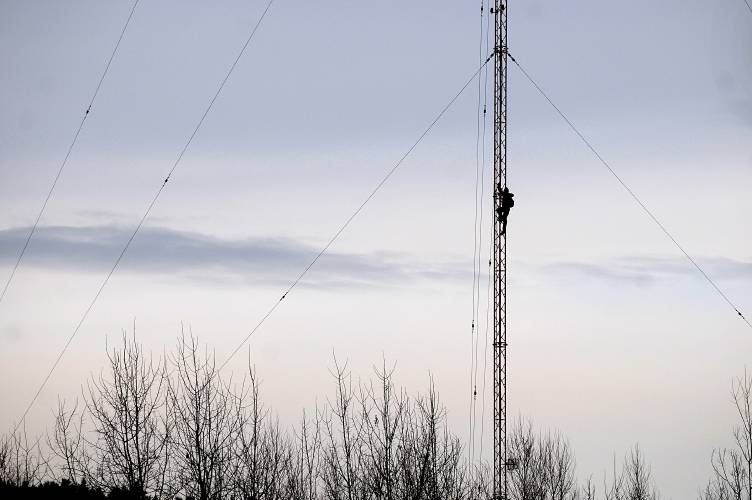
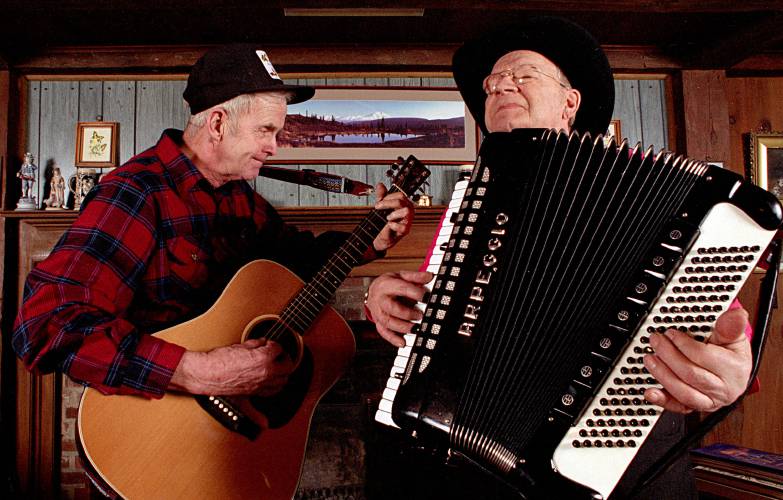
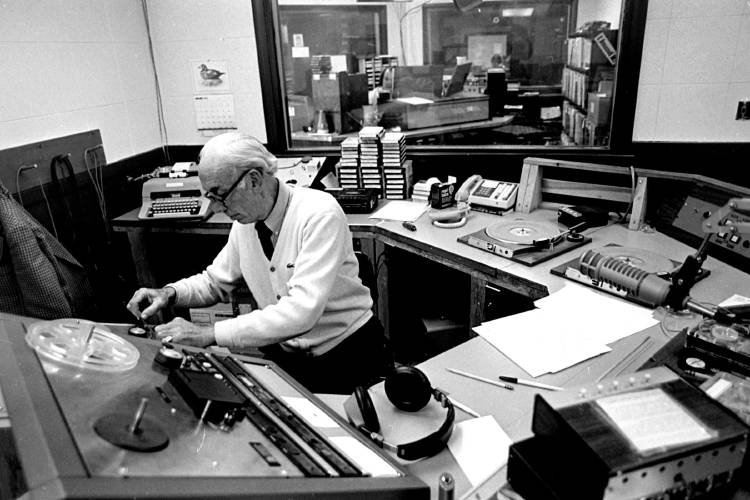
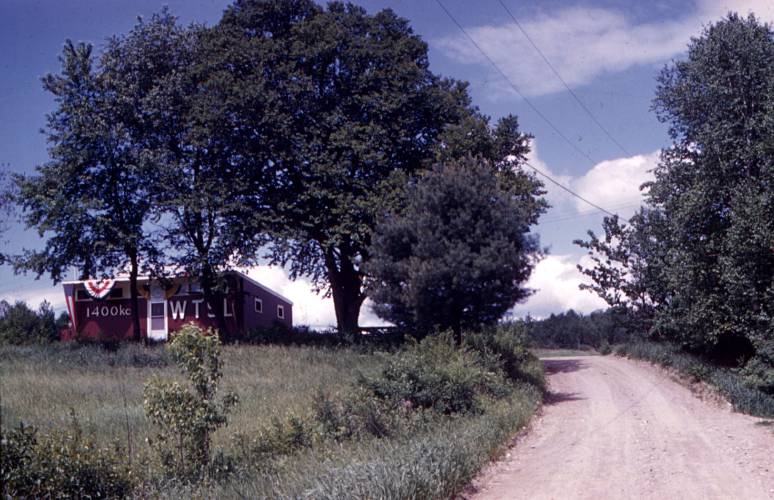
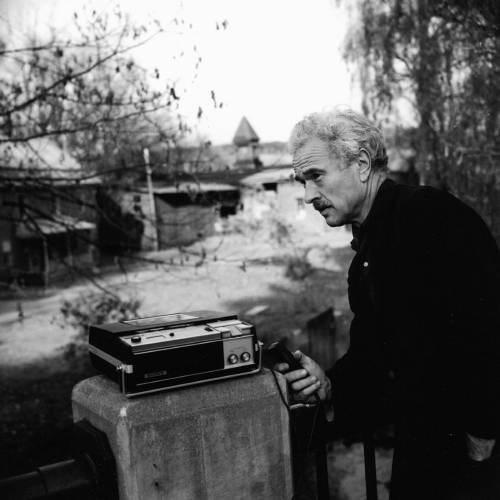
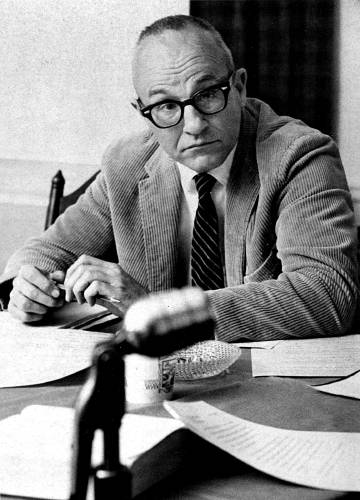
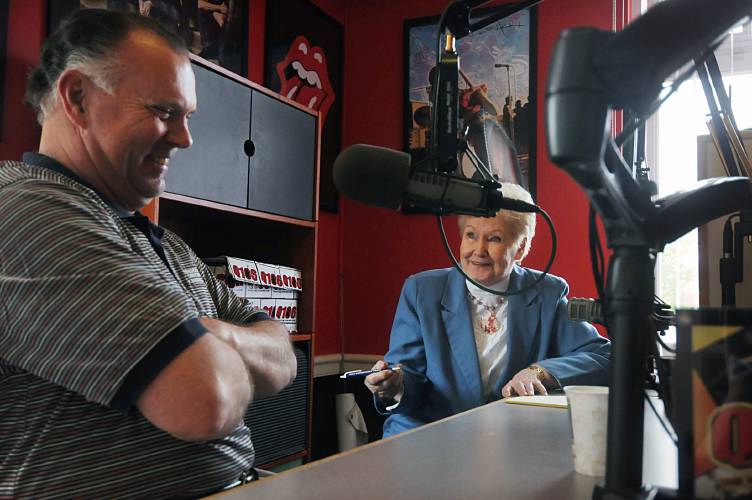
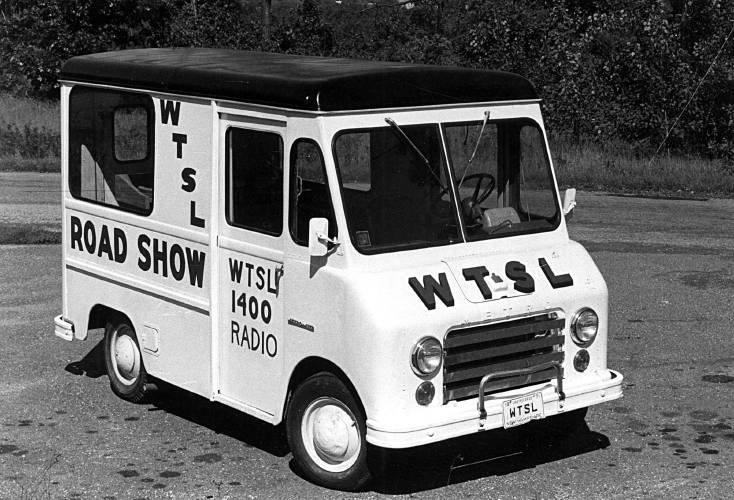
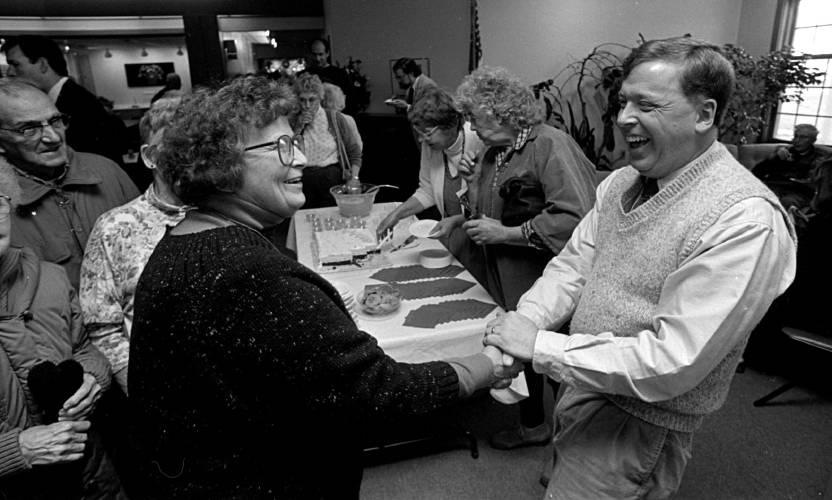
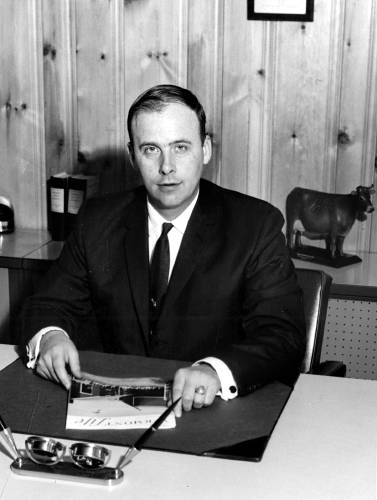
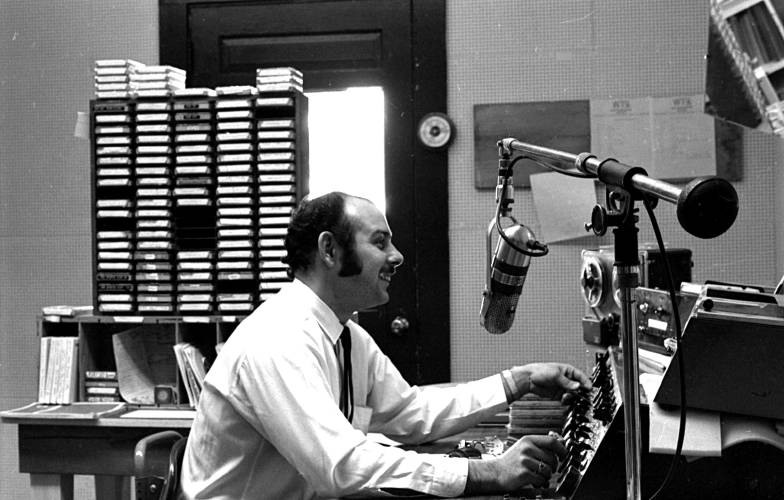
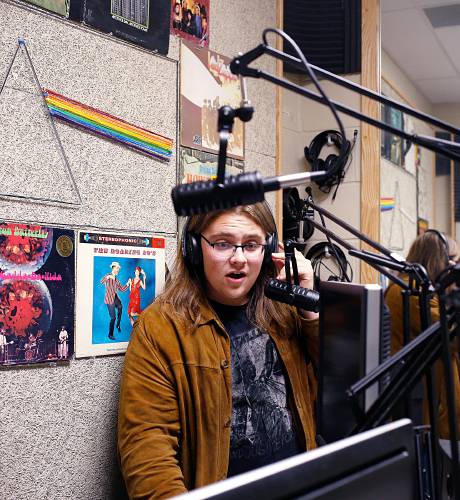
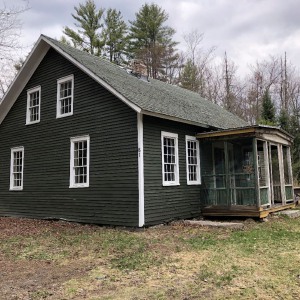 Hanover house added to New Hampshire Register of Historic Places
Hanover house added to New Hampshire Register of Historic Places
